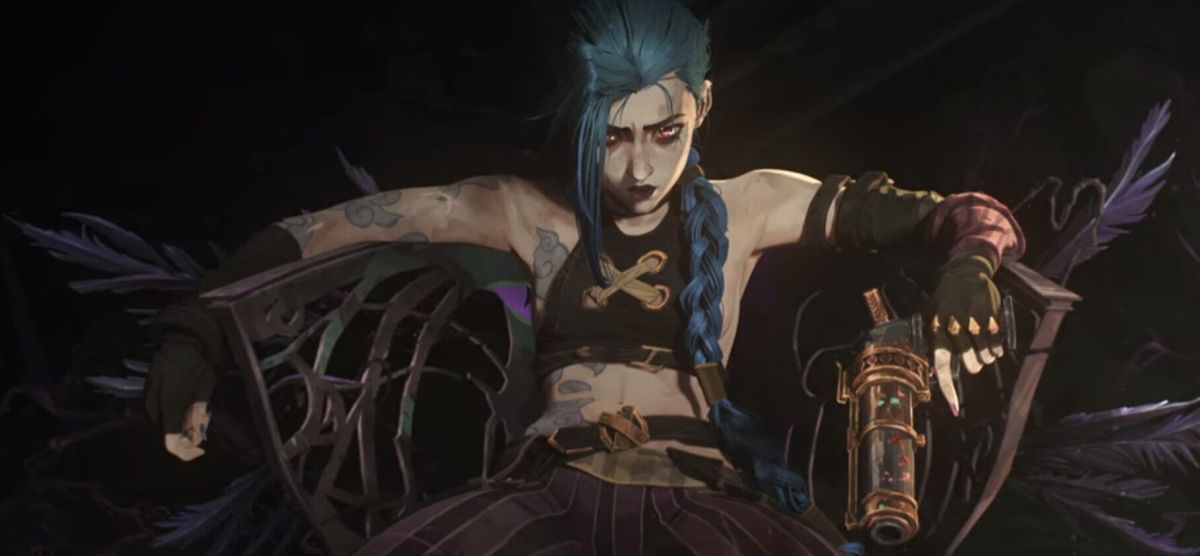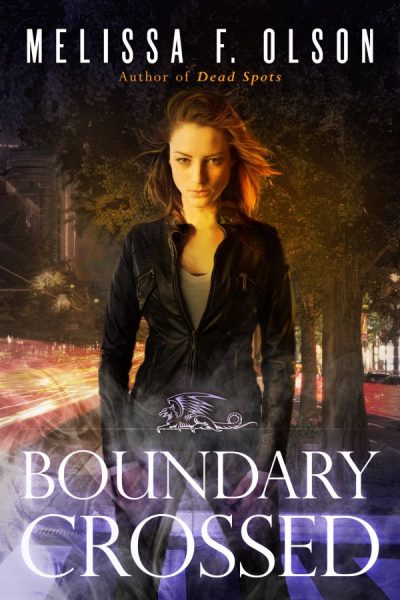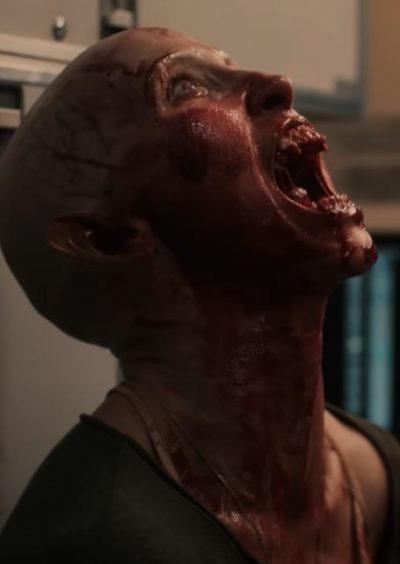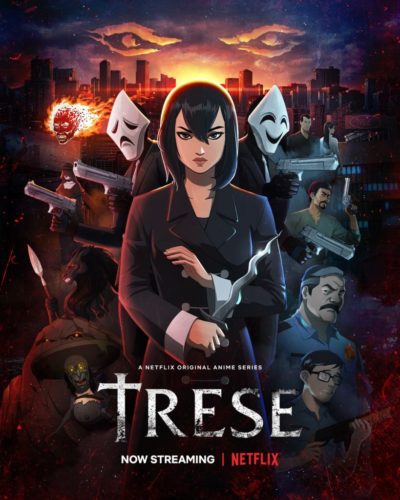★★★
“Mononoke Hime, with potatoes…”
 Ok, that’s a little harsh. But this very definitely does feel like an Irish take on Princess Mononoke, Hayao Miyazaki’s epic fantasy. This begins with the technical aspects, both animated films rejecting CGI in favour of a more traditional, hand-drawn style. In 1997, when Mononoke came out, that wasn’t so radical: the first fully CGI feature, Toy Story, had come out less than two years earlier. But in 2020, the dominance of CGI is such that Wolfwalkers seems a total throwback; after all, Disney went fully CGI after Winnie the Pooh in 2011. This is a very different style, and if you’re used to the hyper-realistic approach of Pixar, may take some getting used to.
Ok, that’s a little harsh. But this very definitely does feel like an Irish take on Princess Mononoke, Hayao Miyazaki’s epic fantasy. This begins with the technical aspects, both animated films rejecting CGI in favour of a more traditional, hand-drawn style. In 1997, when Mononoke came out, that wasn’t so radical: the first fully CGI feature, Toy Story, had come out less than two years earlier. But in 2020, the dominance of CGI is such that Wolfwalkers seems a total throwback; after all, Disney went fully CGI after Winnie the Pooh in 2011. This is a very different style, and if you’re used to the hyper-realistic approach of Pixar, may take some getting used to.
The similarities don’t stop there. Both take place in medieval times, and have a settlement on the edge of the woods in a struggle with nature and its spiritual forces – in particular, as marshaled by a young girl. Another young person ventures into the woods, eventually befriending the girl, and the pair team up to prevent the destruction of the forests in the name of “civilization.” For rural Japan, read rural Ireland in the mid-17th century. For Lady Eboshi in charge of the modern forces, read England’s Lord Protector, Oliver Cromwell (McBurney). This adds a touch of colonialism to the general ecological message here, with Cromwell seeking to subdue the wolves, partly as a demonstration of power over the local population.
There are other differences, too. The heroine here is Robyn Goodfellowe (Kneafsey), the daughter of hunter Bill (Bean), who has come to Ireland to control the wolf population. Robyn wants to help her father, but he’s having none of it. That doesn’t stop her from sneaking into the woods where she meets Mebh Óg MacTíre (Whittaker). She and her mother are wolfwalkers, whose spirits leave their bodies and turn into wolves when they are asleep. They also control the local native canine population. A bite from Mebh turns Robyn into one as well, but Cromwell has captured Mebh’s mother in her wolf form, sending her into a sleep from which she can’t awaken. Robyn tries to convince her father of the existence of wolfwalkers, and broker a peaceful resolution. Neither he nor Cromwell are having any of it, setting up a final confrontation in the forest.
On its own terms, this might have merited a slightly higher score. The problem for me was, it simply reminded me of the strengths of Mononoke. That was considerably more subtle about its message, making Eboshi a much more sympathetic character than Cromwell, who is positively cartoonish in both looks and demeanour. [Spoiler: I’m also fairly sure he wasn’t pushed to his death off a precipice by an Irish lycanthrope]. The approach here is simplistic in comparison, especially the deeper we get into the story. which probably makes it more appropriate for a younger audience than adults. I still enjoyed it, but doubt there’s much rewatchability to be found here.
Dir: Tomm Moore and Ross Stewart
Star (voice): Honor Kneafsey, Eva Whittaker, Sean Bean, Simon McBurney





 I’ve never played League of Legends, but the good news is, you don’t need to, in order to enjoy Arcane. While that may provide some extra depth, it works perfectly well on its own. There is a degree of over-familiarity with the high-level scenario, which is Generic Fantasy Plot #3. Per Wikipedia’s premise, “Amidst the escalating unrest between the advanced, utopian city of Piltover and the squalid, repressed undercity of Zaun…” Yeah, it’s class war time again, cut from the same basic stamp as
I’ve never played League of Legends, but the good news is, you don’t need to, in order to enjoy Arcane. While that may provide some extra depth, it works perfectly well on its own. There is a degree of over-familiarity with the high-level scenario, which is Generic Fantasy Plot #3. Per Wikipedia’s premise, “Amidst the escalating unrest between the advanced, utopian city of Piltover and the squalid, repressed undercity of Zaun…” Yeah, it’s class war time again, cut from the same basic stamp as 

 Warning: while this review contains no spoilers for the book I’m reviewing, it inevitably involves some spoilers for the book to which it’s a sequel, Anna Dressed in Blood. (I didn’t review that one here; see below). The situation in this book directly grows out of the events of the first one; and though the author provides some brief references to those in the opening chapters here, if you have not read the series opener, you would get only the very bare basics of what happened there. IMO, she expected that her readers will read the books in order, and I would strongly recommend doing so. Your whole understanding of the premise here, your engagement with the story, and your understanding of who most of the major characters are as people and your emotional connection to them will be seriously impaired if you don’t!
Warning: while this review contains no spoilers for the book I’m reviewing, it inevitably involves some spoilers for the book to which it’s a sequel, Anna Dressed in Blood. (I didn’t review that one here; see below). The situation in this book directly grows out of the events of the first one; and though the author provides some brief references to those in the opening chapters here, if you have not read the series opener, you would get only the very bare basics of what happened there. IMO, she expected that her readers will read the books in order, and I would strongly recommend doing so. Your whole understanding of the premise here, your engagement with the story, and your understanding of who most of the major characters are as people and your emotional connection to them will be seriously impaired if you don’t!




